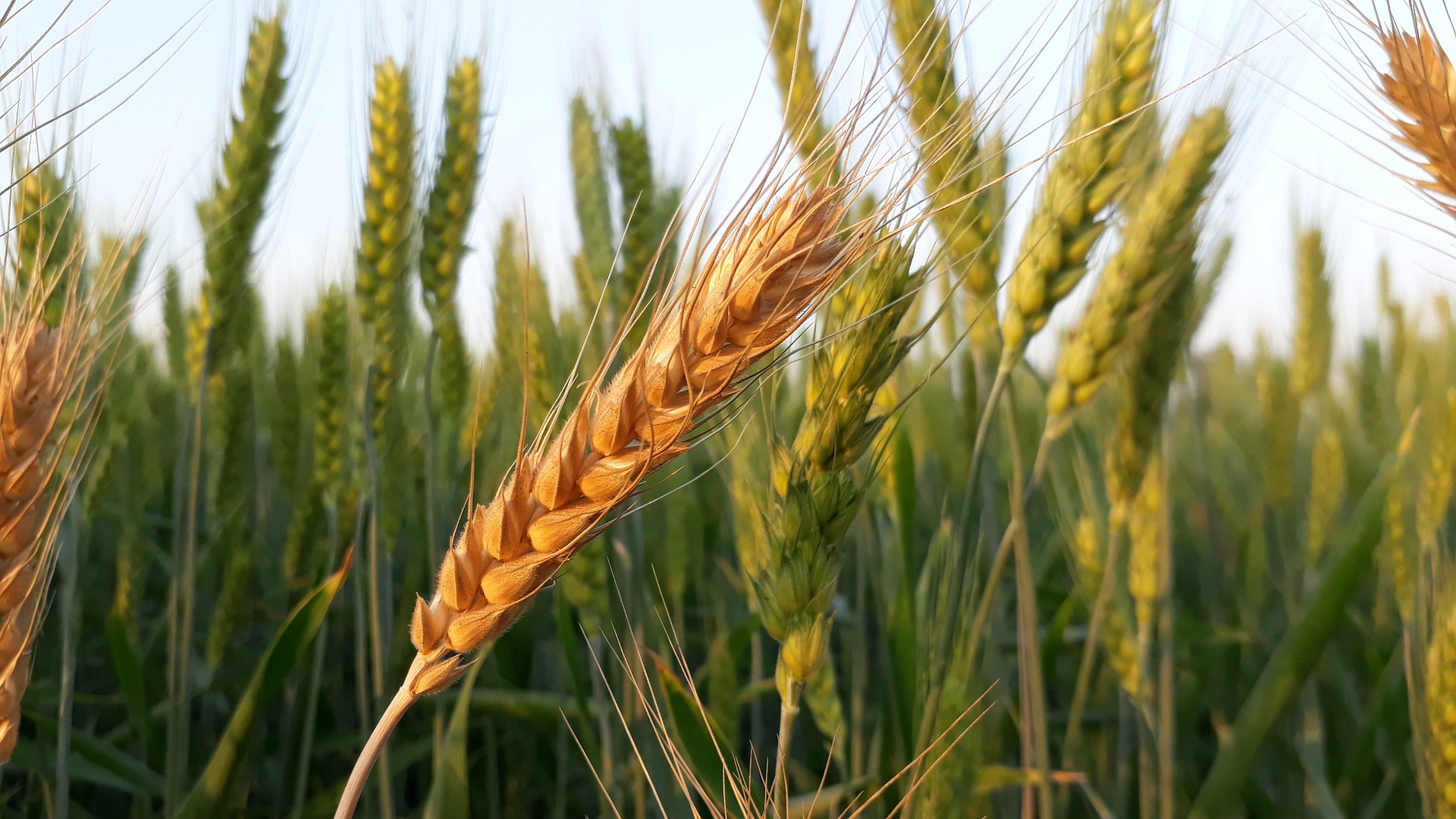One of the major challenges we face today is making sure there's enough food for everyone in the world. Crop diseases are making it difficult to grow enough food, therefore challenging our goal of ending world hunger. We found that treating wheat seeds with fungus Trichoderma can protect the wheat crop from diseases, not only in their current generation but also in descending ones.
Views 1378
Reading time 3 min
published on Aug 11, 2023
The exponentially rising global population calls for us to improve crop productivity. Plants face a number of biotic stresses in nature, which can lead to huge crop losses. While a number of crop protection technologies have been introduced in agriculture to date, each of them has various environmental, ethical and health issues. Current methods of disease control mostly rely on chemical pesticides, which are detrimental to the environment and people’s health. In the current scenario of increasing environmental and human health risks, we need to find alternative and sustainable technologies for the improvement of crop yields.
Plants, like humans, have natural defences that help them fight against stress and produce defensive molecules that are harmful to their attackers. Plants have the ability to memorise stressful events and adapt to such situation, which helps them defend more efficiently against a subsequent attack. This is called defense priming and the idea behind it is similar to the concept of vaccines for human diseases. The vaccine works by simulating a pathogen. It tricks the immune system into thinking that it is under attack, inducing defensive responses such as antibody production. This creates defensive memory, allowing the immune system to recognize specific pathogens if the body is exposed to them again, and the vaccine's primed memory allows the body to respond in a faster and stronger manner. Similarly, we could also manipulate the immune systems of plants for their protection against pathogens in the surrounding environment.
Priming is the intentional, but regulated, use of mild stress so that the plant could develop a memory of stress and become alert. Such plants, when faced with a hostile threat in the future, will recognise the stressful situation and enhance their defence system in a more robust manner against the enemy to protect themselves effectively. More precisely, we could call this an "on demand defensive strategy.".
In our research, we primed wheat seeds with a low dose of Trichoderma spores (a beneficial fungus) and sowed the primed and non-primed (water treated) seeds in soil after germinating them in petri dishes. We found that initially the germination was reduced in primed seeds as compared to non-primed seeds, suggesting that there was a cost associated with priming. Later on however, the cost of priming was nullified, and enhanced vegetative growth was observed in primed wheat seedlings as compared to non-primed seedlings. When primed and non-primed wheat plants were challenged with the pathogen that causes spot blotch (Bipolaris sorokiniana HD3069), we discovered that primed plants were more resistant against the disease than non-primed wheat plants. Interesting results of several biochemical studies indicated that the defence mechanism was not activated directly after Trichoderma priming but only when required, i.e., after encounter with a pathogen. This enabled the plant to avoid wasteful consumption of resources for defence activation and save itself from the resulting yields penalty. Eventually, the yield of the primed wheat was increased as compared to the yield of non-primed wheat when under disease pressure.
We were also curious to find out whether this primed state in wheat would be passed down to the next generation or not. We collected the seeds of primed and non-primed wheat after they reached maturity and sowed them in the soil. When we challenged the progeny plants with B. sorokiniana, we discovered very surprising and unexpected results. We clearly observed that the progenies of primed wheat were more protected from spot blotch than the progenies of non-primed wheat. This indicated that defence priming could be passed down to the next-generation, allowing the crop growers to collect resistant seeds from their own fields rather than purchasing them from the market each season. We found that Trichoderma priming could persist in wheat for the subsequent generation, increasing progeny wheat yield. This inheritance of priming to the next-generation is called intergenerational immune priming (IGIP). An efficient induction of IGIP would allow poor farmers to collect their own seed stocks of more resistant crop varieties, thereby making their food production less vulnerable to outbreaks of pests and disease.
Our current research shows that plant defence priming has the potential to be a low-cost, sustainable, and eco-friendly crop protection technique that might potentially help produce organic food. Moreover, it could also increase profitability for poor farmers by providing them with healthier seeds for the next sowing. In a nutshell, defence priming could essentially be summed up as "smart plant health care for human welfare".
Original Article:
Tiwari, M., Singh, R., Jha, R., & Singh, P. (2022). Heritable priming by Trichoderma: A sustainable approach for wheat protection against Bipolaris sorokiniana. Frontiers in Plant Science, 13. https://doi.org/10.3389/fpls.2022.1050765
 Plant Biology
Plant Biology



